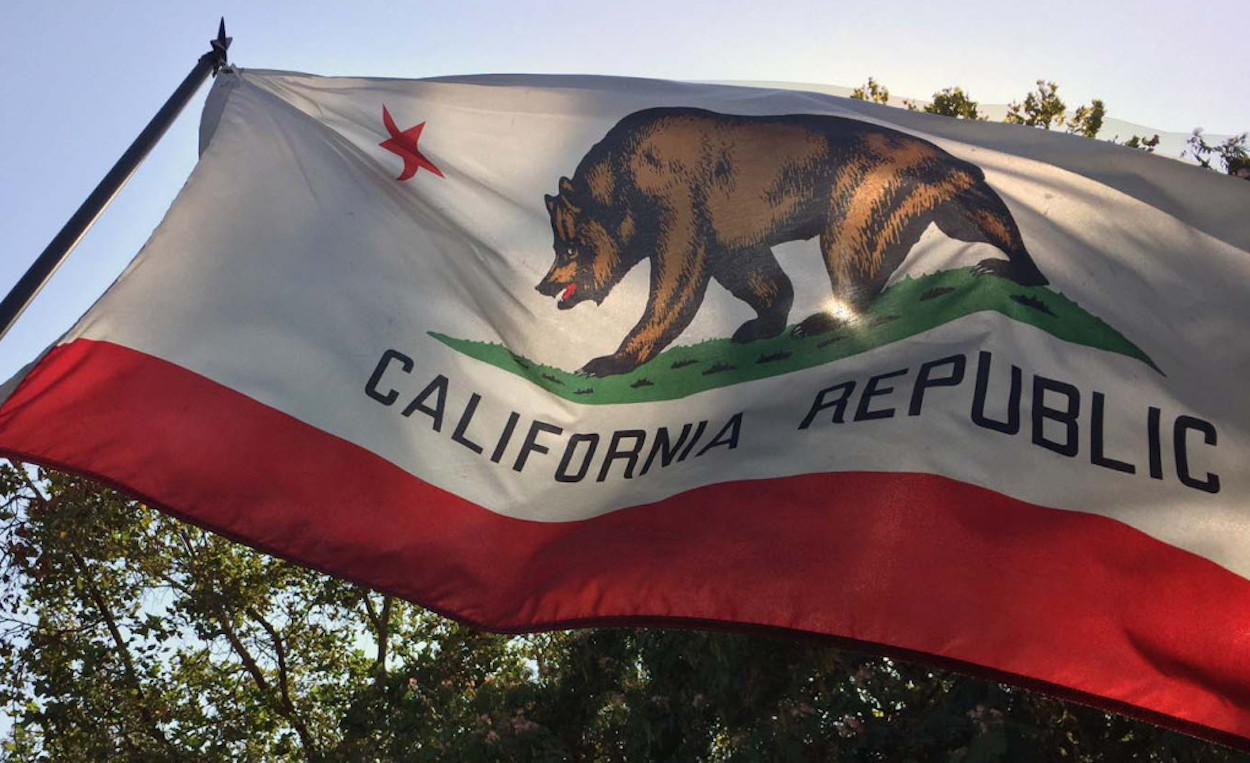
What to Know
- Prop 50 is the only question before voters in Tuesday’s California special election.
- The measure asks the state’s 23 million registered voters whether they authorize temporary changes to congressional district maps approved by state lawmakers.
- Congressional district maps are usually redrawn once a decade after each census and by an independent voter-approved redistricting commission in California.
- Prop 50 is a response led by Gov. Gavin Newsom and Democrats to redistricting in Texas that came at the urging of President Trump in an effort to gain Republican seats in the U.S. House.
- If approved, Prop 50 could open a pathway to flip up to five of 435 U.S. House seats in favor of Democrats.
- Vote centers in California will be open from 7 a.m. to 8 p.m. Tuesday for casting ballots, conditional voter registration and vote-by-mail ballot drop-off.
Five U.S. House seats are at the center of a redistricting battle in California that will decided Tuesday when voting concludes in the statewide special election on Prop 50.
California Democrats already hold 43 of the state’s 52 congressional seats. That number could jump to 48, if Prop 50 is approved. The measure was placed before California’s 23 million registered voters as a counter to redistricting in Texas at the urging of President Trump that gives more seats to Republicans.
The California measure, placed on the ballot by Gov. Gavin Newsom and the California Legislature, is a yes-or-no question that asks voters whether they authorize temporary changes to congressional district maps already approved by state lawmakers.
The new congressional district maps approved by lawmakers in August would be used for the next three election cycles. After the 2030 U.S. Census, California’s independent redistricting commission would resume drawing the maps.
The next election for all U.S. House seats is 2026. Republicans have a slim 219-213 margin with three vacancies.
There are 10.3 million registered Democrats and 5.8 million registered Republicans in California, according to the Secretary of State. About 5.2 million voters were not registered with any party.
Here’s what to know about those five voting districts.
House District 41
This Southern California district covers areas from Corona east to Palm Desert, but changes under Prop 50. The district would lose voters in Riverside County and gain more in Los Angeles County. Cities in the district include Corona, Norco, Lake Elsinore, Wildomar, Canyon Lake, Menifee, Calimesa, Palm Springs, Palm Desert, Rancho Mirage, La Quinta, Indian Wells, and portions of Eastvale and Riverside.
Republican Rep. Ken Calvert is a senior member of the House of Representative who was first elected to the body in 1992.
House District 48
Farther south, this district includes San Diego and the Temecula Valley, and stretches from Murrieta south to the U.S.-Mexico border. Under Prop 50, the district extends north to include Menifee, Hemet and Palm Springs in a shift that could bring more Democrats into the fold.
The district is represented by Republican Rep. Darrell Issa and includes the communities of Fallbrook, Bonsall, Valley Center, Ramona, Escondido, Santee, Poway, Lakeside, Alpine, Temecula, Murrieta and the mountain and desert areas of the San Diego-Imperial County line.
Northern California districts
In three Northern California counties that threw strong support behind President Trump in the last three elections, Prop 50 would carve into those areas to bring more influence from some of the state’s wealthiest and most liberal coastal communities. Under the new maps, voters in Shasta, Siskiyou and Modoc counties, conservative strongholds, would be in the same congressional district with Marin County, just across the Golden Gate Bridge from San Francisco.
Prop 50 changes the landscape for districts 1, 3 and 22.

Allison Craig is a passionate sports writer and analyst with a deep love for game strategies, player performances, and the latest trends in the sports world. With years of experience covering football, basketball, tennis, and more, she delivers insightful analysis and engaging content for sports enthusiasts.


No responses yet